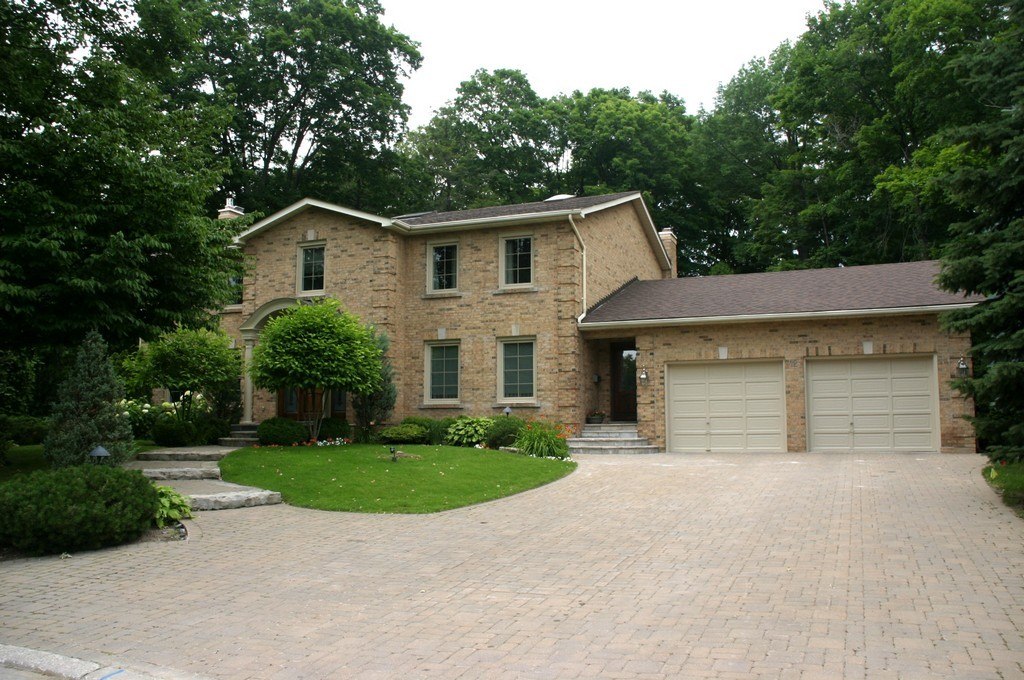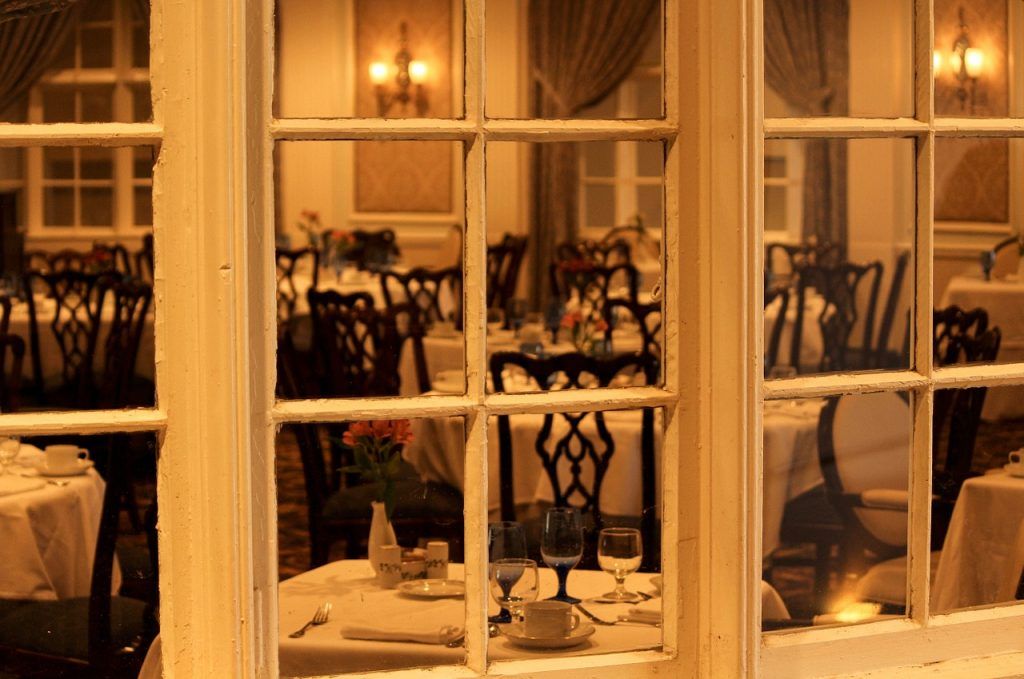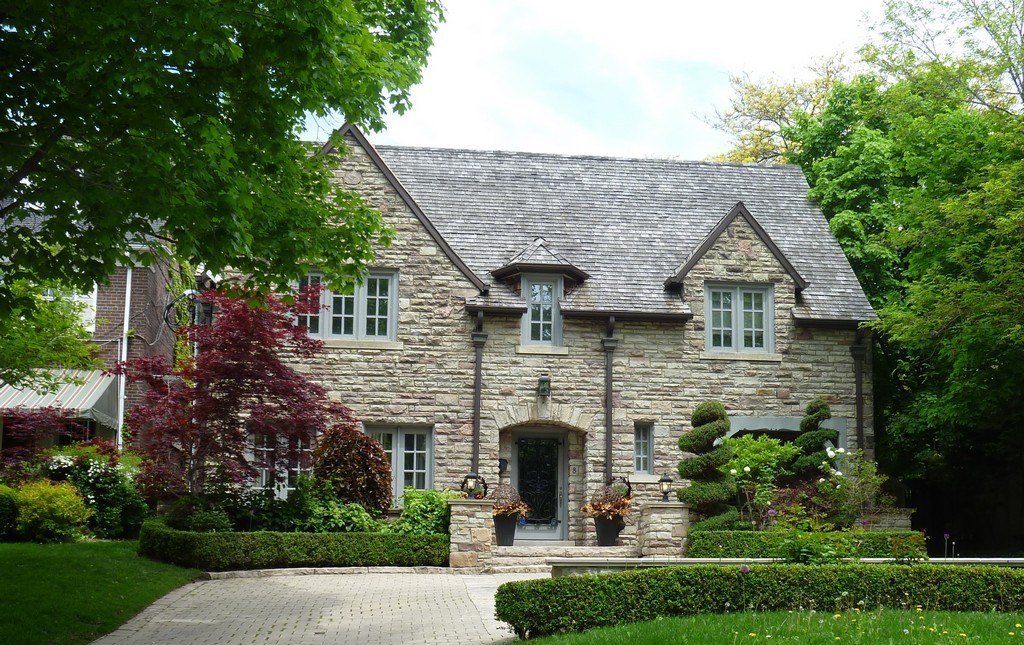
Chaos doesn’t have to be the norm in medical offices. You can transform yours into an efficient one by first identifying where the bottlenecks are in its workflow. Do patients often have to wait for a long time before they get to see someone? Where is the holdup?
After you’ve pinpointed what the greatest causes for delays are, you can re-design your medical office accordingly:
Automation of information
One of the timeless and most efficient investments you can make is changing the way your office handles information. With the advent of so many cloud-based applications and databases, there’s no reason why patient records need to be processed via paper files. Encourage your patients to book their appointments online and fill out any forms you need before their appointments.
When they arrive, all the receptionist has to do is send the up-to-date patient record and appointment reason to the central electronic database queue of the day’s appointments. Nurses and medical practitioners will then have all the patient’s relevant information right on whichever workstation they happen to be at.
Waiting room comfort
A major cause of patient dissatisfaction is, naturally, having to wait in the first place. Even though it may not be possible to eliminate waiting times altogether, you can still make them as painless as possible. The key is to keep patients occupied. If they’re missing any forms or their records haven’t been updated in a while, give them a tablet to fill out electronically so your database gets updated right away with the current information.
Apart from that, the waiting room should be inviting with warm colours and finishes. Above all, put in comfortable furniture that matches your patients’ needs.
Double exam rooms
Instead of allotting one exam room for every doctor or medical practitioner, make sure they each have at least two exam rooms. That way, one patient can go through a pre-appointment checkup with a nurse in one room while the medical practitioner finishes up with the previous patient in the next room. This will decrease the amount of idle time for everyone, including the patients.
One-way loop
Think about the procedures needed as your patients go through a typical appointment in your office. Then, arrange the layout in a logical way that takes the patient on a single path that keeps moving forward until he or she loops back to the other side of the waiting room to check out with reception. No confused patients, no delays from miscommunications.
As you can see, the cure for medical office inefficiency really comes down to one concept: thorough and thoughtful design.













